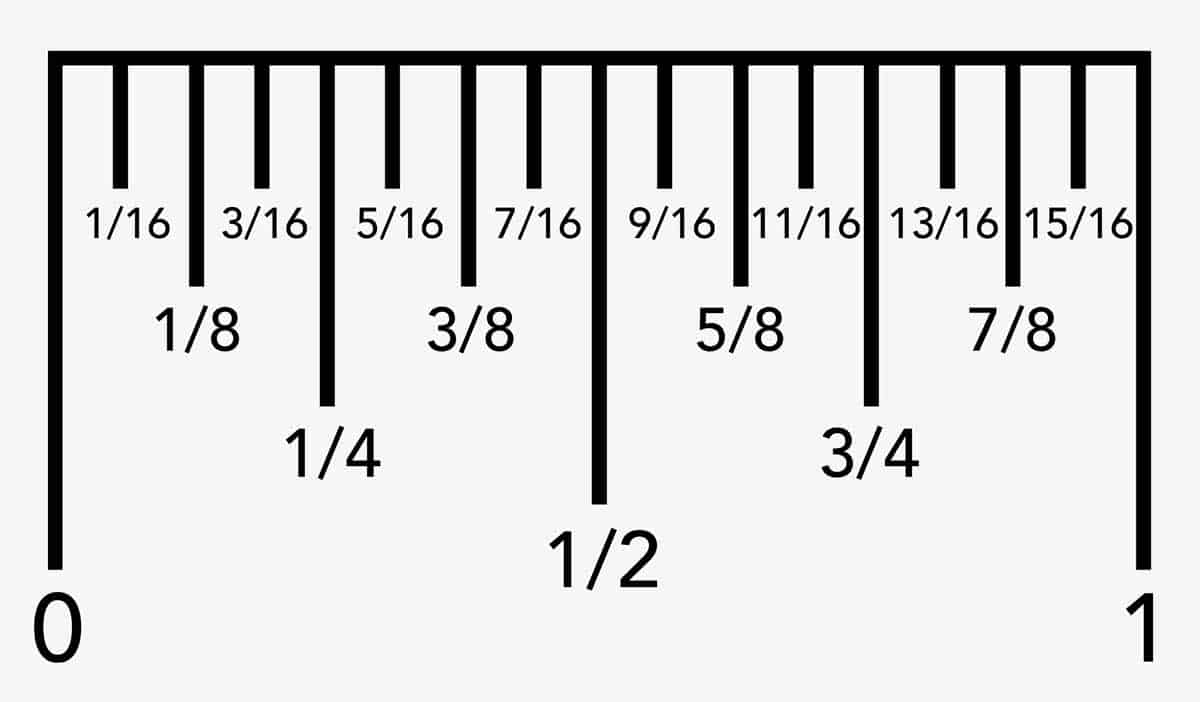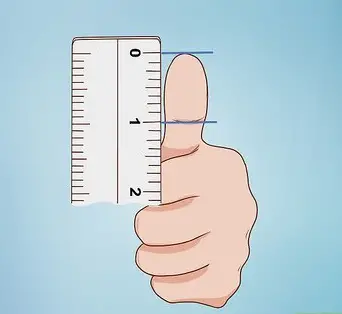An inch is a unit of length in the Imperial system, equal to one-twelfth of a foot, precisely 2.54 centimeters, or approximately the first joint of an index finger is about 1 inch long. It is also sometimes used in the U.S. customary system, with the symbol “in.” An inch can be divided into smaller units, such as fractional inches and parts of an inch.
The most commonly used fractional inches are 1/2, 1/4, 1/8, and 1/16 of an inch.

Inches were first defined in 1220 by King Henry III of England as the width of three grains of barley corn placed end to end on a ruler. Since then, the unit has been used to measure length and distance worldwide. It is still widely used in everyday life today — from measuring length to marking distances on maps and even playing games like Monopoly!
The size of an inch has remained relatively unchanged since its original definition, and it corresponds nicely with everyday objects we see around us every day — for example, a paperclip is about one inch long; an AAA battery measures just under an inch wide; and a large thumbtack is roughly half an inch in diameter.
For those interested in more exact measurements, it helps to remember that there are 25.4 millimeters per inch (multiplied by 25). There are also other valuable ways to measure lengths, such as lines (1 line = .125″), points (1 point = .0138″), or picas (1 pica = 0.166″). If you want to convert from one measurement system to another quickly and accurately, you can use these ratios for guidance.
When dealing with small lengths, fractions can become challenging to work with, so it’s important to know that some everyday objects have dimensions close to one inch — for example, a dime’s diameter is 0.705 inches; an eraser’s length measures between 0.7 and 0.9 inches; while a piece of paper typically falls between 0.9 and 1 inches thick depending on its type and weight!
Knowing these facts will simplify your measuring needs! By understanding how big an inch is, you can take more accurate measurements when working with different materials or objects around your home or workplace, saving you time, money, and energy!
What things have 1 inch in length?
One inch is a unit of measurement that may not seem like much, but it turns out many everyday items have a size of one inch or are related to it in some way. This standard length can be found in various objects, from small rice grains to electronic devices.
Fingers are one example of an item related to one inch – the first joint of an index finger typically measures about an inch long. This can come in handy for measuring objects quickly; if something is roughly the size of your finger’s first joint, you know it is about an inch long. This can also be used for other body parts; for instance, the average tip-to-nose length on most people is around two inches.

Another everyday object that measures one inch is a soda can. The diameter of these cans usually falls around two inches, so half of this total (or 1”) can be used as a reference point when measuring other objects. Similarly, if you have an iPhone 5S screen available, you could use its quarter size (1”) to measure things accurately. To learn what 5/8 inches is on a ruler, read our article.
If you need something even smaller than this, five grains of rice will approximately equal one inch, too! Finally, if you need something slightly larger than an inch but still relatively small, then 1.25 times the diameter of a penny (or 1”) should do the trick.
There are many items with sizes related to one inch, which makes it extremely useful for all sorts of measurements and comparisons. Fingers and soda cans are just two examples; others include rice grains and electronic devices like iPhones and pennies! All these items provide a helpful reference point when measuring other things – whether we’re trying to figure out how much food we need or want to compare sizes between different objects. With such an extensive range available at our fingertips (literally), having access to these items makes life much easier!

